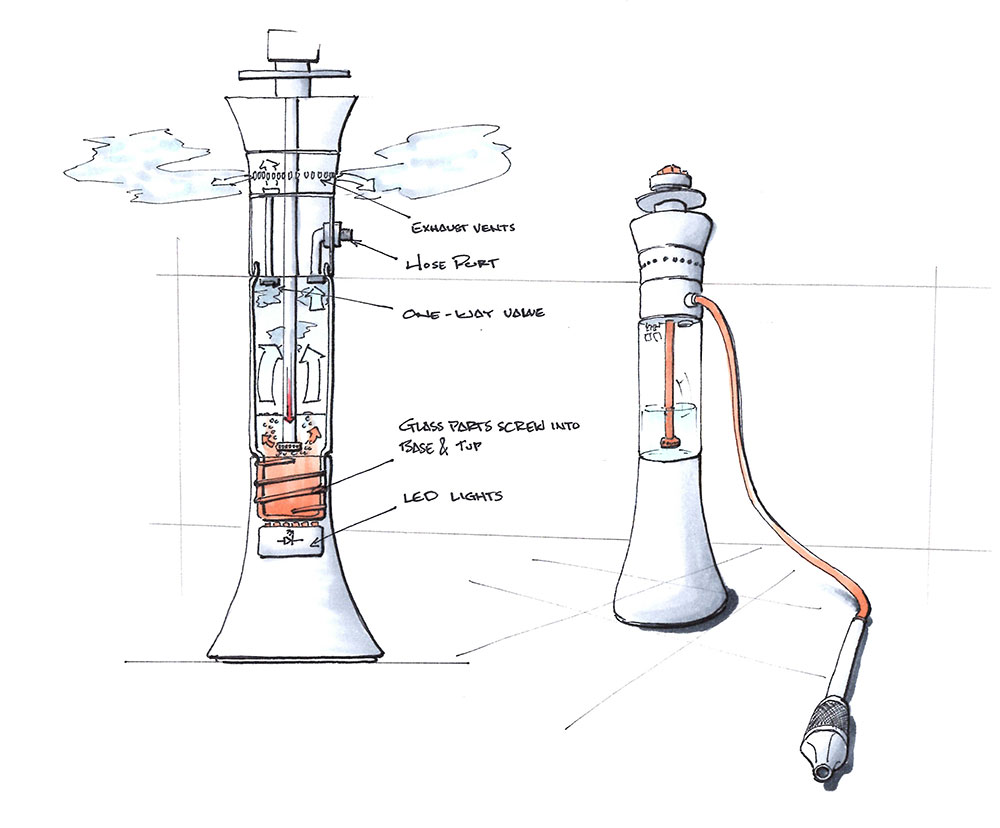In an era where technology smoothly intertwines with creativity, the landscape of product design is transforming at an unprecedented pace. As industries adopt the power of innovation, the fusion of aesthetics and functionality is increasing more pronounced. Designers are no longer just crafting appealing products; they are integrating smart technologies that boost user experiences, optimize manufacturing processes, and revolutionize what it means to be functional in a modern context.
The future of product design is certainly not simply about producing things look good; it is about designing smart solutions that connect with the needs and desires of consumers. Through advancements in artificial intelligence, virtual reality, and sustainable materials, designers have the tools to push boundaries and explore new realms of creativity. As we turn our gaze forward, it becomes clear that tech-driven aesthetics will play a pivotal role in shaping products that are not only visually impressive but also deeply meaningful and responsive to the society we live in.}
New Advancements in Design
The item design landscape is being transformed by a variety of new technologies that enhance both creativity and productivity. Advanced software tools, driven by AI and machine learning, are enabling designers to test with original concepts and develop faster than ever before. These tools can examine large volumes of data to recommend design optimizations that might not be immediately obvious, allowing for a more profound analysis of appearance and functionality in products.
Digital fabrication, commonly known as additive manufacturing, is transforming the way products are brought to life. This technology allows for the creation of highly complex geometries that conventional manufacturing methods simply cannot replicate. With 3D printing, designers can generate prototypes on request, significantly cutting time and costs associated with the design process. Moreover, this method not only facilitates rapid prototyping but also fosters greater tailoring, allowing manufacturers to cater to individual preferences without sacrificing on output.
Eco-friendly design methods are also gaining traction, driven by developments in materials science and production techniques. Eco-friendly materials and recyclable composites are becoming ever available, allowing designers to design products that minimize environmental impact. Coupled with digital manufacturing, these developments are cultivating a new wave of green products that resonate with consumers' increasing demand for sustainability. As the future of product design progresses, these technologies are setting the stage for a more innovative and ethical manufacturing landscape.
User-Centric Improvements
The landscape of item design is progressively influenced by the needs and desires of clients. Developers are placing a higher emphasis on understanding the experience of users, leveraging approaches like design thinking and consumer testing to gather insights. This transition ensures that items are not only useful but also resonate with clients on an personal level. As a result, goods are becoming more accessible, allowing for smooth communication and greater happiness.
With advancements in tech, personalization has become a pivotal aspect of item development. Consumers now wish for items to respond specifically to their choices and lifestyles. Advancements such as artificial intelligence and machine learning enable creators to create customizable products that respond to unique specifications. This extent of customization enhances the user experience, making goods feel more significant and important to each user.
In addition, eco-friendly design are growing traction in response to growing understanding of environmental issues. Clients are progressively prioritizing green goods, pushing designers to innovate in resources and manufacturing processes. This commitment on green practices not only satisfies client wants but also fosters a sense of duty, inspiring companies to build trust and allegiance among clients. As these patterns continue to change, client-oriented enhancements will redefine goods design for the greater good. ### Sustainable Aesthetics
{As awareness of environmental concerns rises, sustainable aesthetics are redefining the narrative surrounding product design. Designers have the responsibility to designing visually appealing products while adhering to environmentally friendly practices. This shift towards sustainability is fueling advancements in materials, highlighting the use of recycled, biodegradable, and sustainable materials. A product's aesthetic now serves as a reflection of its ecological values, resonating with consumers who prioritize sustainability in their purchasing decisions.
The integration of technology into sustainable product design is transforming the field. Innovative production techniques, like 3D printing and modular systems, facilitate the production of products that reduce waste and enhance the use of sustainable materials. Designers have the ability to refine and iterate their aesthetic ideas more easily, making it easier to marry form with function in an environmentally conscious way. This tech-driven approach ensures that sustainability is not just an afterthought but an integral part of the design process.
Moreover, consumers are becoming more discerning about the products they choose, valuing transparency and authenticity. As brands adopt sustainable aesthetics, they are able to craft engaging narratives about their materials and production methods creating stronger bonds with their customers. This trend signifies a transformation in the market, where aesthetic appeal intersects with ethical considerations, ushering in a future focused on harmonizing aesthetics and sustainable practices.

